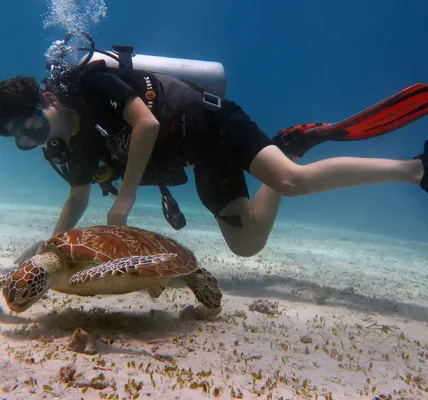Winter hiking presents unique challenges, and staying hydrated is paramount, especially when temperatures plummet. The cold can actually mask your thirst, leading to dehydration, which impacts performance and increases the risk of hypothermia. Figuring out how to carry water winter hiking effectively is not just about bringing water; it’s about preventing it from freezing and ensuring you have access to a life-sustaining resource throughout your adventure. Therefore, mastering the art of how to carry water winter hiking is essential for a safe and enjoyable experience in the snowy wilderness.
Understanding the Challenges of Winter Hydration
Winter presents several obstacles to keeping your water supply liquid and accessible:
- Freezing Temperatures: The most obvious challenge! Water freezes quickly, especially when exposed to wind chill.
- Insulation Needs: Simply carrying a water bottle won’t cut it. You need effective insulation to slow down the freezing process.
- Accessibility: Fumbling with frozen caps and difficult-to-reach water sources is not ideal when your fingers are already numb.
- Weight Considerations: Every ounce matters when you’re trekking through snow. Balancing water needs with pack weight is crucial.
Practical Methods for Carrying Water Winter Hiking
Here are some tried-and-true methods for keeping your water flowing:
Insulated Water Bottles
These are your first line of defense. Choose bottles with double-walled insulation and wide mouths for easy filling and cleaning. Consider using a bottle cozy for added insulation.
Insulated Hydration Reservoirs (Bladders)
These offer hands-free hydration, but the hose is very susceptible to freezing. Strategies include:
- Insulating the hose with a neoprene sleeve.
- Blowing the water back into the reservoir after each sip to prevent ice buildup in the hose.
- Carrying the reservoir close to your body (inside your jacket).
Vacuum Insulated Thermoses
Excellent for keeping water hot (or at least liquid) for extended periods. A great option if you prefer warm drinks on the trail.
Hot Water Start
Begin your hike with hot or very warm water in your chosen container. This gives you a head start against freezing and can provide a morale boost.
Preventative Measures to Avoid Freezing
Beyond the carrying method, these tips will further enhance your water’s survival:
- Store Bottles Upside Down: Ice forms at the top first, so storing your bottle upside down prevents the cap from freezing shut.
- Keep Water Close to Your Body: Your body heat can provide significant warmth. Store bottles inside your jacket or pack.
- Frequent Sips: Avoid letting water sit stagnant for long periods. Regular sips keep the water moving and less likely to freeze.
- Add Salt (Sparingly): A tiny pinch of salt can lower the freezing point slightly, but don’t overdo it.
FAQ: Winter Hiking Water Considerations
Here are some frequently asked questions about staying hydrated in the winter:
- Q: How much water should I carry? A: The same as you would in other seasons, around 2-3 liters per day, depending on activity level.
- Q: Can I melt snow for water? A: Yes, but it’s energy-intensive and requires fuel. It’s best as a backup. Also, melting snow requires more fuel than melting ice.
- Q: Is drinking cold water bad for me in the cold? A: It’s not inherently bad, but warm water is more palatable and can help maintain your core temperature.
- Q: What if my water freezes solid? A: Try to thaw it using body heat or a fire (if possible and safe). Prevention is key!

